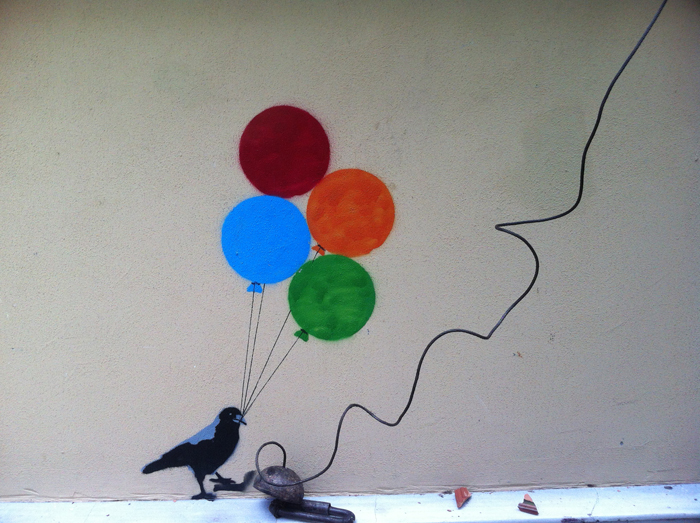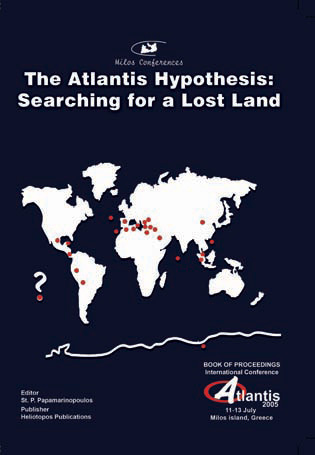A Space in Time
40 Years After – Ten Years After

Summer in the City (Istanbul) – One of These Days A space in Time, 1971
40 Years After – Ten Years After

Summer in the City (Istanbul) – One of These Days A space in Time, 1971
“Nine Classic Paintings Revisited” is the second of two lectures presented by filmmaker Peter Greenaway as the 2010-2011 Avenali Chair in the Humanities at the Townsend Center for the Humanities, UC Berkeley. Greenaway talks about a series of video installations he calls Nine Classic Paintings Revisited, in which he applied his often controversial vision to The Last Supper, The Wedding at Cana and other famous artworks.90 minutes.
Best known for such films as The Draughtsman’s Contract (1982), The Cook, the Thief, his Wife & her Lover (1989), The Pillow Book (1996), The Tulse Luper Suitcases (2003-2004), and Nightwatching (2007), Greenaway has worked more recently on numerous exhibitions and installations in Europe, from Venice’s Palazzo Fortuny and Barcelona’s Joan Miró Gallery to Rotterdam’s Boymans van Beuningen Gallery and Paris’ Louvre.
St. Oberholz in Berlin from Yollarda on Vimeo.
Franz Bieberkopf was here
Drank his beer
Go to the ladiesrooms in St. Oberholz
Refresh your lipstick
Listening to Hans Paetsch
Reading Hui Buh
The story of Balduin, the knight
Transformed to the ghost of a castle
Once upon a time in the 1970th
When we were watching Hitparade
And listening to the Radio
Of the British Military Forces in Germany
The Aischinger brothers August and Carl opened the first public venues for drinking beer in Berlin 1892. The building at Rosenthaler Platz was the ninth place, built in 1898, where you could have snacks and a beer for 10 Pfennig (5 Cent). Alfred Döblin describes the place in his novel “Berlin Alexanderplatz”. Aischinger lost their good name with taking over the “”Haus Vaterland” from the jewish Kempinski Family. In 1947 when the building was in the Sowjet ruled sector it got part of the state owned gastronomy HO. After the reunification 1989 Burger King owned the beautiful building, later it got a table dance bar. In 2005 Ansgar Oberholz opened a venue for the digital Bohéme. Young Creatives from Germany and from all over the world come to live and work here and around Rosenthaler Platz.
Streets in Istanbul by Eda Karaatli
Atlantis, for those of you visiting from another planet, is the legendary utopian society that sank below the surface of the ocean, never to be seen again. As described in Plato’s dialogues Timaeus and Critias, around 12,000 years ago, there were two great civilizations: Athens and Atlantis. Both of these societies were what anthropologists call socially-stratified—there were classes of people, including artisans, farmers, warriors, and royalty. Both societies farmed and raised cattle. They both built temples and meeting halls. They both mined silver and gold; they both made bronze and tin as well as silver and gold objects. They had horse-drawn chariots, they built bridges, aqueducts, canals and roads, and had ships to conduct international trade. Atlantis, so Plato said, was a trading and commercial center with an urban lifestyle and a ruling class. The city-state was located on an island the size of Libya and Asia combined, outside of the Pillars of Hercules (believed to refer to the Straits of Gibraltar). Athens ruled the eastern side of the Pillars of Hercules—the Mediterranean Sea. The people of Atlantis were directly descended from Poseidon, the Greek god of the sea. An extended war broke out between Atlantis and Athens. The civilization fell into decadence and Zeus punished them, sending a great earthquake, and Atlantis sank beneath the waves of the ocean in the space of a day.
 In July 2005, a conference entitled The Atlantis Hypothesis presenting multidisciplinary papers on the potential for the geological truth of Plato’s tale of Atlantis took place on the Greek island of Milos. One of the papers presented was a report by Marc-Andre Gutscher, a geologist of the prestigious French research institution Centre National de la Recherche Scientifique (CNRS). The original hypothesis came from Jacques Collima-Girard, who took selected elements of Plato’s story, and identified a sunken island west of the Straits of Gibraltar as a potential candidate for the location of Atlantis. Dr. Gutscher followed through on the argument, completing a bathymetric investigation of the island, and producing quite an interesting paper, Destruction of Atlantis by a Great Earthquake and Tsunami to be published in the journal Geology in August 2005.
In July 2005, a conference entitled The Atlantis Hypothesis presenting multidisciplinary papers on the potential for the geological truth of Plato’s tale of Atlantis took place on the Greek island of Milos. One of the papers presented was a report by Marc-Andre Gutscher, a geologist of the prestigious French research institution Centre National de la Recherche Scientifique (CNRS). The original hypothesis came from Jacques Collima-Girard, who took selected elements of Plato’s story, and identified a sunken island west of the Straits of Gibraltar as a potential candidate for the location of Atlantis. Dr. Gutscher followed through on the argument, completing a bathymetric investigation of the island, and producing quite an interesting paper, Destruction of Atlantis by a Great Earthquake and Tsunami to be published in the journal Geology in August 2005.
Find out more at Archeology